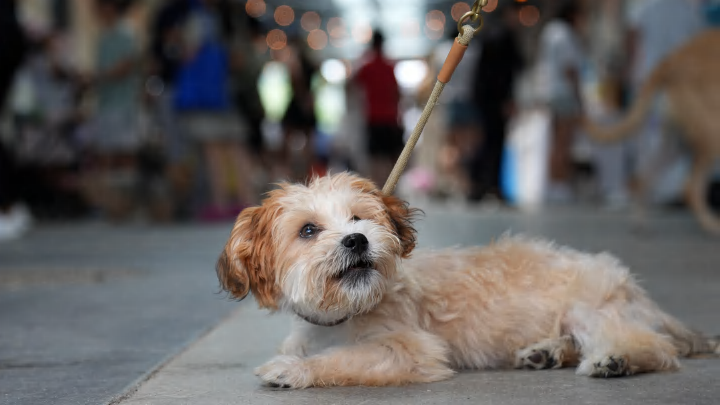Tips for Teaching Your Dog New Tricks

The first step in teaching your dog new tricks is to start with simple, manageable tasks. Choose a trick that is appropriate for your dog’s skill level and physical abilities. For example, “shake hands” or “roll over” are popular beginner tricks that most dogs can learn with a little practice. Break the trick down into small, achievable steps, and focus on one step at a time. This approach makes the learning process less overwhelming for your dog and increases their chances of success.
Positive reinforcement is essential when teaching your dog new tricks. Use treats, praise, or playtime as rewards for correct behavior. The timing of the reward is crucial—make sure to reward your dog immediately after they perform the desired action so they can associate the behavior with the positive outcome. Consistency in rewarding the correct behavior helps reinforce the trick and encourages your dog to repeat it in the future.
Another important tip is to keep training sessions short and focused. Dogs have limited attention spans, so it’s best to keep sessions around 10-15 minutes long. This prevents your dog from becoming bored or frustrated and keeps the training experience positive. Practice the trick a few times each session, and then give your dog a break. Repetition is key, so try to incorporate short training sessions into your daily routine.
Patience is critical in the training process. Some dogs may pick up new tricks quickly, while others may take more time to understand what you’re asking of them. Avoid getting frustrated or using harsh corrections, as this can create anxiety and hinder your dog’s learning. Instead, remain calm and patient, and celebrate small victories along the way. If your dog is struggling with a particular trick, consider going back to basics or breaking the trick down into even smaller steps.
Using a clicker can also be a helpful tool in trick training. A clicker provides a consistent and distinct sound that marks the exact moment your dog performs the desired behavior. This helps your dog understand what they’re being rewarded for and speeds up the learning process. After your dog associates the clicker with rewards, you can use it to shape more complex behaviors and tricks.
Finally, make sure to end each training session on a positive note. Finish with a trick or command that your dog knows well and can perform successfully. This leaves your dog feeling confident and eager for the next training session. Don’t forget to give plenty of praise and rewards to reinforce the positive experience.
In conclusion, teaching your dog new tricks is a rewarding experience that strengthens your bond and provides valuable mental stimulation. By starting with simple tricks, using positive reinforcement, and maintaining patience and consistency, you can help your dog learn new skills and enjoy the training process. With practice and encouragement, your dog will be showing off their new tricks in no time.